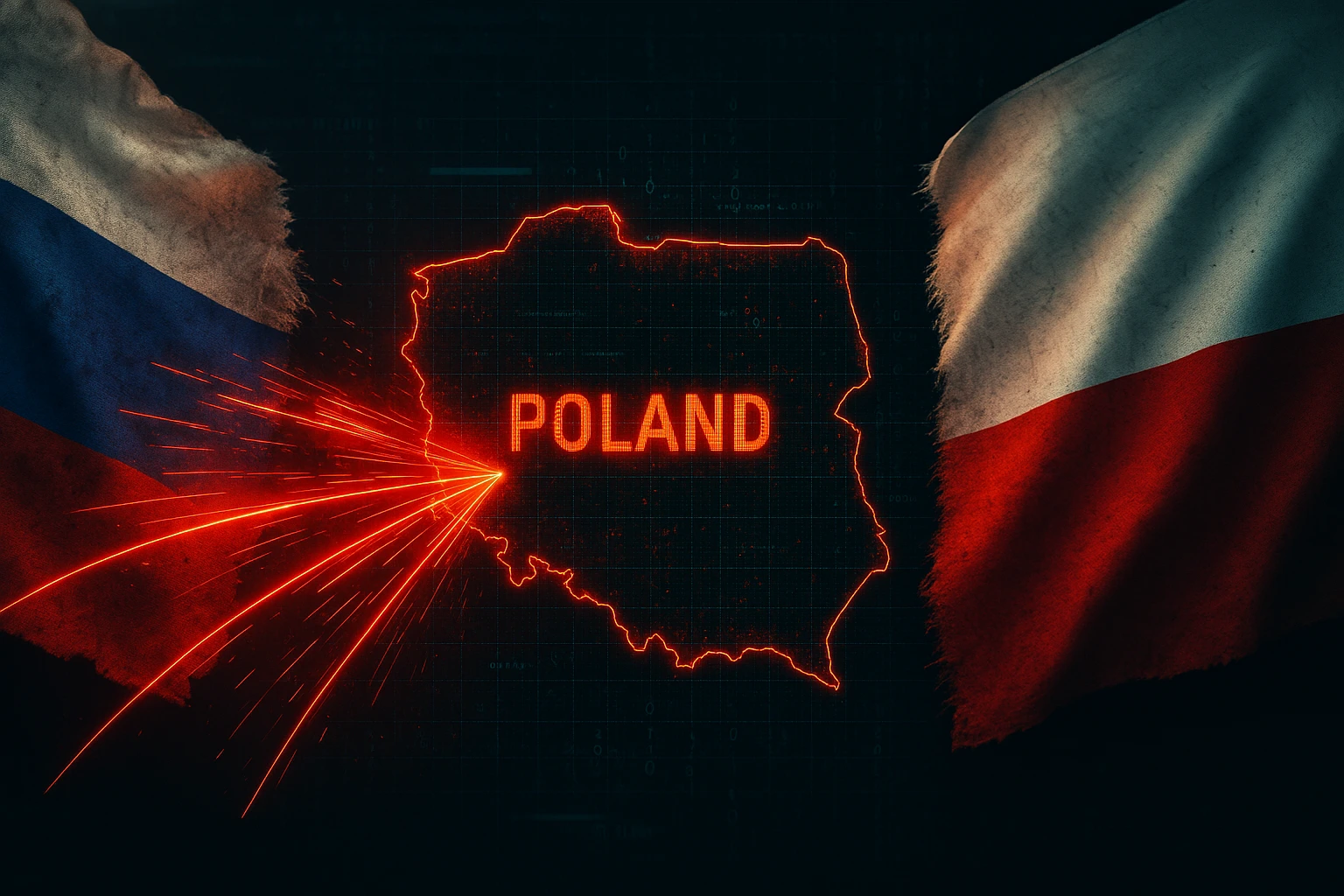Poland has accused Russia of orchestrating a wave of cyberattacks targeting its critical infrastructure. Authorities report a sharp increase in attempted breaches, claiming Russian intelligence agencies are behind a sustained campaign of digital aggression.
According to Poland’s national cybersecurity center, the country now faces between 2,000 and 4,000 attacks daily, with up to 1,000 posing significant risks. Officials say Moscow’s operations have grown more coordinated, focusing on utilities and industrial systems.
The escalation reflects a broader strategy by Russia to disrupt NATO-aligned nations through cyberwarfare, particularly those supporting Ukraine.
Targeted Sectors and Attack Patterns
The Russia cyberattacks Poland campaign has primarily targeted energy, transportation, and communication sectors. In recent months, Polish investigators have detected several large-scale attacks on water treatment facilities and power grids.
Cybersecurity analysts say that many of the incidents involve reactivated botnets dormant for years, suggesting pre-planned infiltration. The attackers reportedly use phishing campaigns, supply chain compromises, and destructive malware to penetrate systems.
Government agencies and private operators have increased monitoring efforts to contain the attacks, but officials warn that the threat continues to evolve.
Political Context and Russian Response
Tensions between Poland and Russia have intensified since the invasion of Ukraine. Poland has supported Kyiv with military aid and humanitarian assistance, making it a consistent target of Russian cyber operations.
Moscow has denied all allegations of involvement. The Kremlin dismissed Poland’s statements as “politically motivated,” insisting that Russia does not engage in state-sponsored hacking.
However, Polish officials argue that the timing and scale of the incidents align with known Russian intelligence tactics and previous campaigns against European nations.
Cybersecurity Challenges for Poland
Experts warn that these attacks expose the vulnerabilities of Poland’s digital infrastructure. Many critical systems still depend on outdated security measures and limited segmentation.
The government has called for stronger cooperation with NATO and the European Union to enhance cyber defense capabilities. Measures include deploying more secure communication channels, increasing cyber resilience training, and sharing intelligence on hostile activities.
Officials also emphasize the need for rapid response coordination between public and private sectors to limit potential fallout.
Conclusion
The surge in Russia cyberattacks Poland incidents underscores how digital warfare has become a central part of modern conflict. As Moscow continues to use cyber operations to destabilize allies of Ukraine, Poland faces mounting pressure to reinforce its defenses.
This confrontation highlights a broader reality: in today’s geopolitical landscape, power is measured not only in armies but in firewalls, code, and cyber resilience.


0 responses to “Poland Blames Russia for Surge in Cyberattacks”